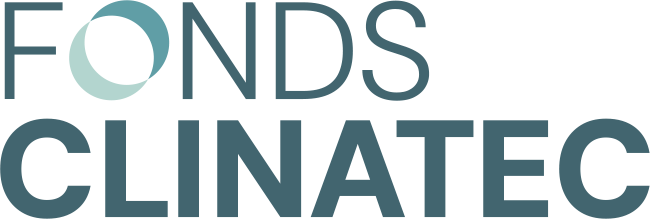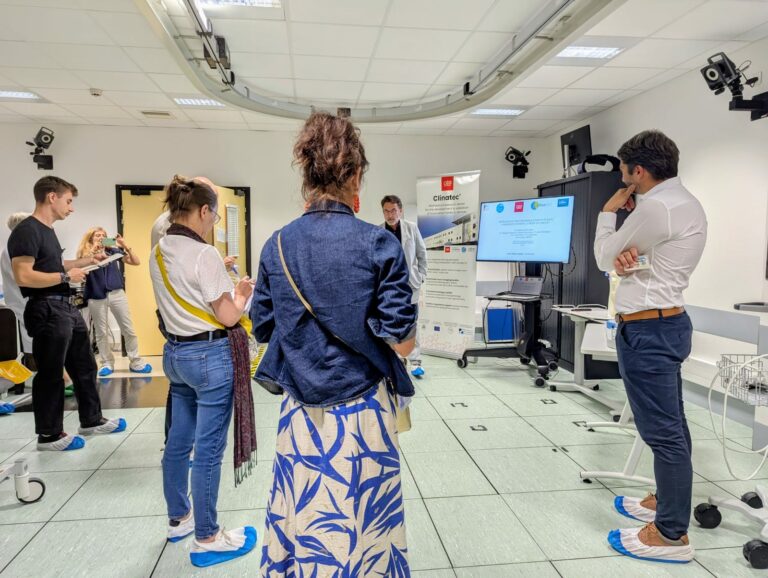Du 9 au 13 septembre 2023 se tenait à Grenade en Espagne, la 11ème édition du congrès mondial de neurosciences organisé par l’IBRO, International Brain Research Organization.
Le Dr Marjorie Dole a présenté ses travaux de recherche intitulés : Lumière proche infrarouge appliquée au cerveau : étude de la propagation des photons à l’aide de simulations Monte Carlo
NEAR-INFRARED LIGHT APPLIED TO THE BRAIN: A STUDY OF PHOTONS’ PROPAGATION USING MONTE CARLO SIMULATIONS
Auteur :
Marjorie Dole, FDD Clinatec, Grenoble, France
Co-auteurs :
- Vincent Auboiroux, CEA-Leti, Grenoble, France
- Pierre Bleuet, CEA-Leti, Grenoble, France
- Malvina Billères, FDD Clinatec, Grenoble, France
- John Mitrofanis, FDD Clinatec, Grenoble, France
Abstract
Transcranial photobiomodulation (tPBM) is the application of red and infrared light over the brain and has been used to stimulate brain function, to improve cognitive abilities and/or prevent or treat a range of neurological diseases. Numerous studies have shown that tPBM can improve cell function. However before exerting its action on neurons, light must penetrate through several barriers (skin, skull, meninges, cerebrospinal fluid) before reaching parenchyma. The profile of light penetration and distribution in the human brain is still poorly characterised, particularly when light is applied using a helmet device. In this study we evaluated light propagation in the brain using Monte Carlo simulation; we simulated a helmet device made up of 40 LEDs distributed over the scalp.
A T1 MRI image from a healthy brain was segmented into six tissues: grey/white matter, cerebrospinal fluid, skull, scalp, air. For each tissue, the optical coefficients (absorption coefficient μa, scattering coefficient μs, anisotropy factor g and refractive index n) were taken from the literature. The positions and orientations of light sources were digitised from the helmet for registration with the MRI image. We investigated (i) voxel by voxel light deposition after launching 109 photons, at two wavelengths commonly used, 670 and 810nm; and (ii) the distribution of light deposition region by region using a standard neuroimaging atlas.
At the voxel scale, results showed that, when applied transcranially, a small fraction of photons reached brain tissue; the penetration depth was higher at 810nm than 670nm. At the region scale, photons were deposited mainly over superficial regions in the frontal, parietal and occipital lobes. In particular, more photons were found over the medial/superior frontal gyri, and precentral/postcentral areas. No photons were found to reach the limbic lobe, insula, or subcortical structures.
These results will be helpful in the further development of tPBM as a therapeutic option.



